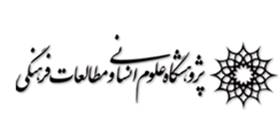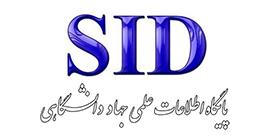Designing an Organizational Culture Pattern of the Country's Welfare Department
Keywords:
Organizational Culture, Theoretical Pattern, Practical Pattern, The Country's Welfare DepartmentAbstract
Purpose: The purpose of organizational culture is a system of common inference that members have toward one organization, and this same feature divides the two organizations into one another. Members of the organization train new members in order to solve external compatibility issues and internal consistency as the best way to solve problems, written and even written culture of their organization. Therefore, having the capacity to change and transform organizational culture, it is possible to change the actions of thoughts and feelings of a large part of the organization's members. Methodology: The research is applied in terms of purpose and in terms of collecting field and descriptive information that is carried out using a combination of exploratory (qualitative-quantitative) method and the reason for its exploration is to develop an appropriate model of organizational culture. The statistical population of the study consisted of 30 senior managers of the welfare organization. According to them, the dimensions of the research were identified and finally, the hypotheses and the final questionnaire were designed. A sample of 381 individuals was selected according to Morgan's table. Then, a relative cluster sampling Each area was randomly selected. Amos software was used to measure the assumptions. Results: The results showed that there is a reverse and significant relationship between organizational culture and organizational silence. There is also a direct and significant relationship between organizational culture and organizational commitment and organizational citizenship behavior. Conclusion: In the end, it should be noted that the organizational culture variable has been able to positively influence the organizational commitment and organizational citizenship behavior through the organizational silence variable.
















